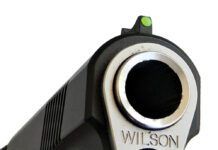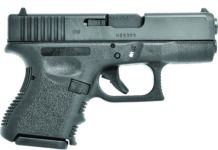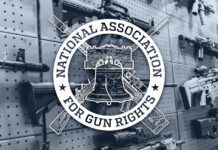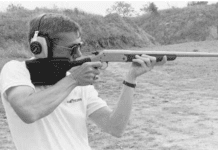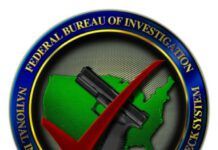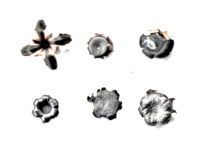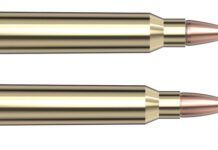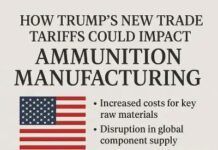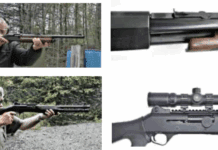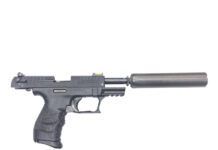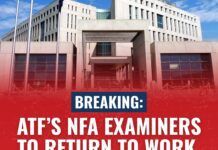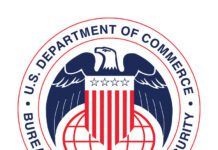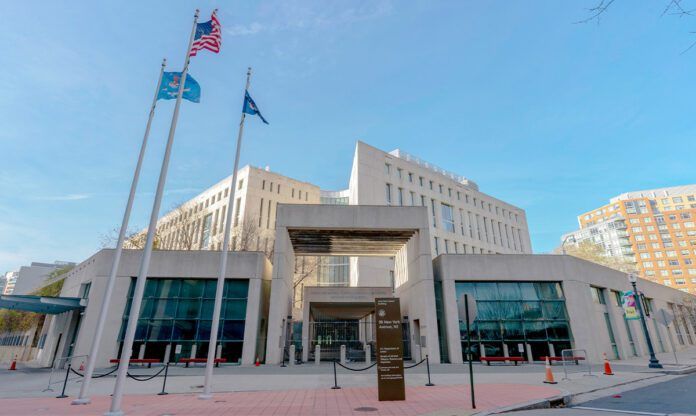The Bureau of Alcohol, Tobacco, Firearms and Explosives (ATF) has said that it will end the Demand 2 Program. Most gun owners likely didn’t know about the existence of this FFL-level enforcement effort, but it has affected firearms licensees for a couple of decades behind the scenes.
That program, begun in February of 2000 during the antigun Clinton administration, subjected federal firearms licensees (FFLs) that have 25 or more firearms traced back to them after the recovery of guns at a crime scene to heightened scrutiny and negative publicity in a Demand Letter 2 list. The list is created using protected firearm trace data,
“This is a welcome step forward for firearm retailers who are targeted by gun control politicians and advocates despite the fact that they have done everything according to the letter of the law and regulations,” said Lawrence G. Keane, NSSF’s senior vice president and general counsel.
Previous “name-and-shame” leaks of the Demand Letter 2 list included the Washington, D.C. Metro Police Department. For a short time, D.C. Metro Police became the sole FFL in Washington, D.C., facilitating firearm transfers until private businesses obtained a license to do so. During that short time, D.C. Metro Police was required to report Demand 2 information to the ATF. That’s not because anyone at the D.C. Metro Police Department did anything wrong. It’s because criminals later misused firearms that were legally transferred.
NSSF was vocally critical of the former ATF Director Steve Dettelbach’s abuse of the Demand 2 Program when he shared protected firearm trace data with USA Today and the gun control group Brady United, in violation of the Tiahrt Amendment. That amendment restricts public access to sensitive, law enforcement-only firearm tracing data. This restriction is supported by Congress, ATF and law enforcement groups such as the Fraternal Order of Police (FOP) because it secures sensitive tracing information that would jeopardize ongoing criminal investigations and put the lives of law enforcement officers, cooperating retailers and witnesses at risk.
The ATF explained in its 1998 Crime Gun Trace Analysis Reports, “The appearance of [a licensed dealer] or a first unlicensed purchaser of record in association with a crime gun or in association with multiple crime guns in no way suggests that either the federal firearms licensed dealer (FFL) or the first purchaser has committed criminal acts. Rather, such information may provide a starting point for further and more detailed investigation.”
U.S. Rep. Clay Higgins’ (R-La.) introduction of H.R. 1698, the Law Enforcement Protection and Privacy Act, would enhance safeguards for protected firearm trace data. The bill provides accountability for individuals who purposefully and unlawfully release this sensitive law enforcement information that is reserved for use in law enforcement investigations.


